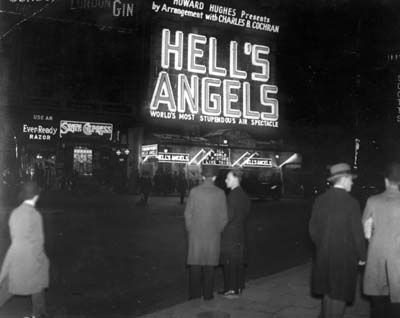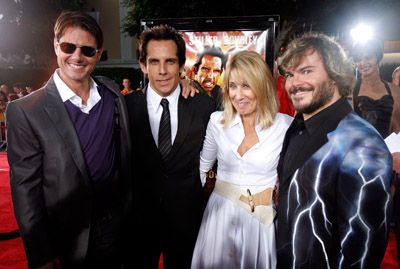The average blockbuster typically has a steep price tag these days, with budgets topping $200 million for many of the biggest box office hits. Have you ever wondered how Hollywood manages to spend that much money on a movie and exactly where all those millions go? When you hear about the high cost of making a movie, you rarely hear about extravagant craft services or the key grip who earned millions for his work. Instead, when it comes to movie costs, what makes headlines is the high cost of talent -- the multimillion-dollar paychecks for the stars, the exorbitant director's fee and of course, the producer's cut.
Curious as to what these people have in common? In addition to their immense wealth, in most cases, these individuals represent above-the-line expenses for the studios.
Advertisement
While just a handful of people's salaries fall above the line, the cost of securing these individuals for any given production often exceeds the cost of paying for every other person working on the film combined, including extras, crew and anyone whose name rolls in small print somewhere near the end of the credits. Wondering just how movie budgets work? Read on to learn more about how Hollywood accounts for above- and below-the-line expenses.





